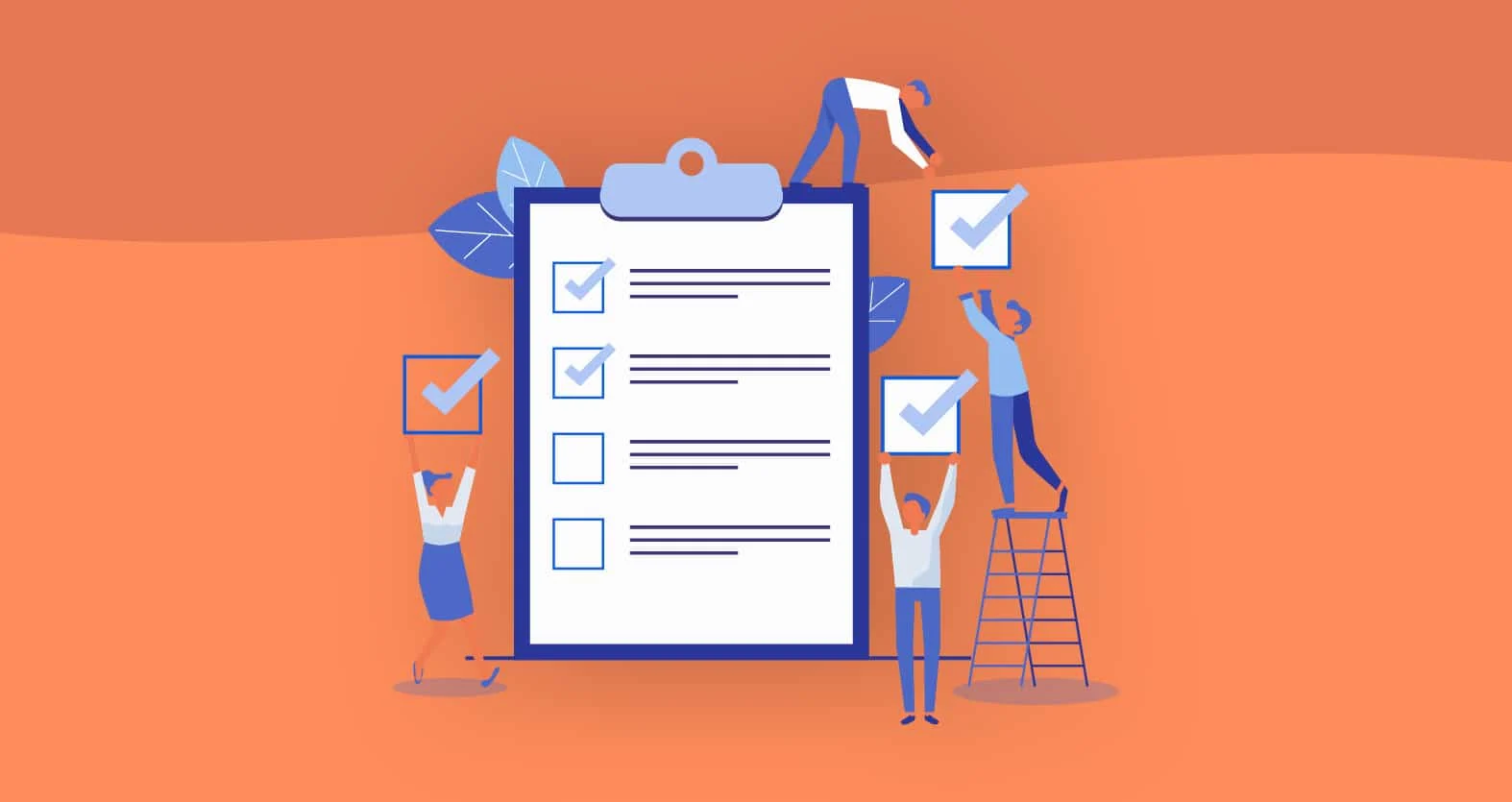Are you tired of facing IT problems every now and then? Does your IT department feel like it could use some upgrades? Well, we have got the right guide for you! Buckle up because here is the ultimate IT Department Checklist that will help ensure the smooth operation of your company!
Check The Technical Aspects:
First and foremost, keeping track of all the technical aspects is important. We suggest you start by checking if all your hardware equipment, such as computers, printers, scanners, etc., is functioning properly. If anything needs an update or replacement, don’t hesitate to do so. A proper working system helps make sure productivity doesn’t halt due to malfunctions.
Check Software Compatibility:
Check for any issues with software compatibility and their licenses. An efficient way to do this is by using a good license management tool that can help keep track of license agreements and software updates. One such software tool we highly recommend is ManageEngine Desktop Central – it provides robust security options while making the operation seamless.
Check Cybersecurity Measures:
Another essential aspect to consider for an effective IT Department Checklist is cybersecurity measures. Having efficient protection systems against threats such as malware attacks would prevent massive data breaches in case they occur. Hence make sure anti-virus programs are installed correctly without any bugs or viruses affecting them. It becomes even more critical when employees work remotely; cybersecurity protocols need reinforcement at every level for unhindered workflow from every employee safely. Despite sufficient technological components guaranteeing an uninterrupted operation, human error undoubtedly causes many errors. A classic example here? It occurs when Key personnel forgets their passwords – eventually leading to network lockouts and causing severe operational delays. Avoid those scenarios by enforcing stringent password policies using Password managers; this provision keeps everybody on track with secure passwords and significantly reduces data leaks from insider sources.
Create Backup Archives:
Creating regular backup archives guarantees no loss of information in short periods between backups while implementing a Disaster Recovery Plan anticipating rare events and preventing substantial damage due to unforeseen mishaps.
Open Communication:
Streamlining communication among departments immensely influences optimal efficiency reducing downtime while coordinating business activities. Cloud-based collaboration tools contribute highly to a seamless workflow. Such platforms improve functionalities facilitating communication and collaboration seamlessly, where employees from different locations can operate in one central system by which they may synthesize information with ease.
Automation:
For IT departments managing several applications that generate metrics in their databases, we advise deploying an analytics tool and creating dashboards customized according to specific personnel’s requirements upon checking up just generating reports. Setting automated emails containing analytical insights per week entices workers towards staying informed about conversions on web pages/extent of active users across platforms tracking marketing campaigns efficacy hence making worthwhile amendments wherever necessary while lessening incidents of interpretation errors. At this point, you might want to note how much we’ve mentioned using Cloud infrastructure at every step. It’s because it genuinely is a smart move, reducing operational costs significantly and making sure no software/hardware/infrastructure keeps becoming obsolete due to upgrades required constantly. It frees up revenue being allocated elsewhere, improving results positively.
Additional Tips:
Onboarding new members onto your company’s system warrants them receiving appropriate privileges preventing permission escalation while inhibiting any potential security breaches leading to even substantial losses – all easily addressed by suitable data rules. Implement log monitoring infrastructure reducing exploits originating mainly from inside sources detecting anomalies early, and reducing threats originating from external/unauthorized sources early, too, allowing reasonable fallback actions put in place before the damage becomes irreparable swift response times are critical in addressing these issues.
Finally, ensure proper management mechanisms are installed that promptly detect if there is an irregular activity indicating sub-optimal performance patterns potentially affecting mission objectives/deliverables as part of regular maintenance checks (not just reactive policy), ensuring standards are being upheld at all times.
To sum up, we hope this checklist provides a comprehensive outline of IT department management practices for organizations of all kinds aspiring to optimize IT functionalities.



